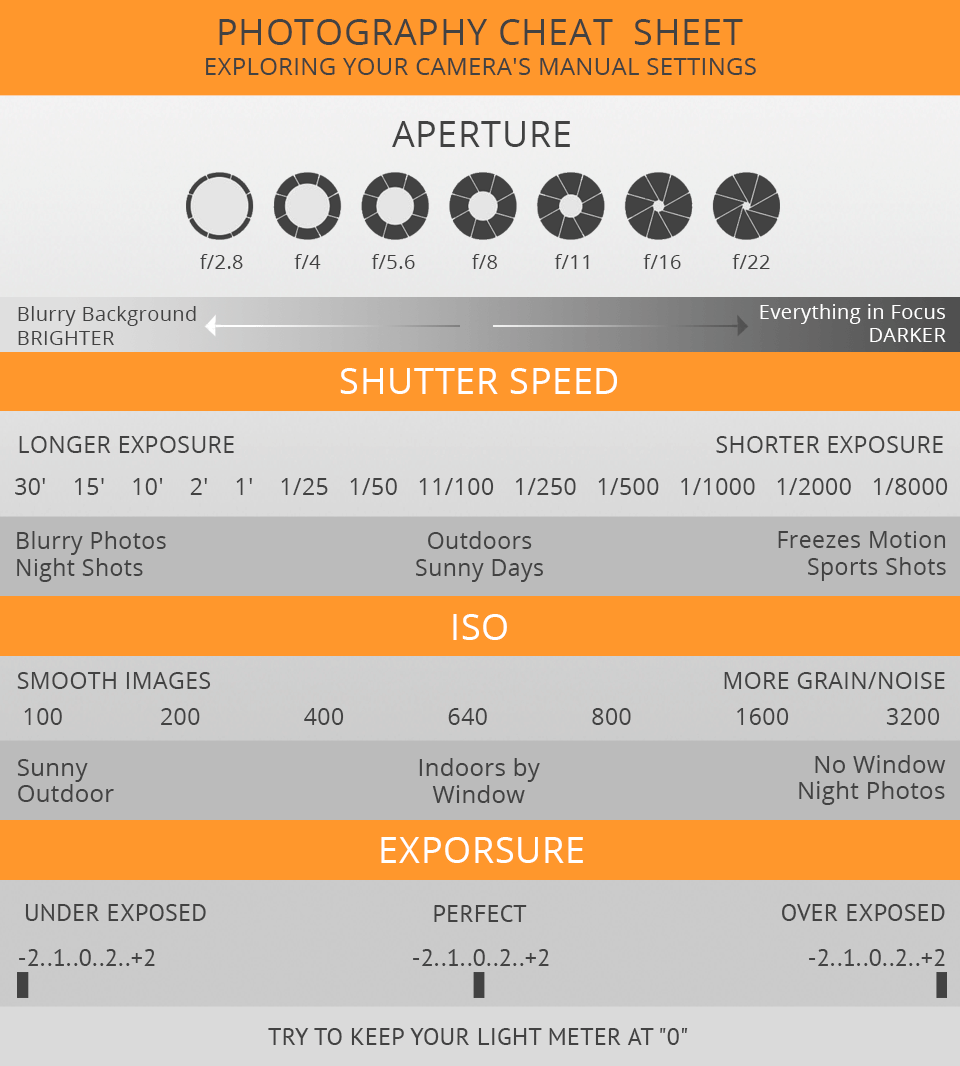What Every Digital Photographer Needs To Find Out About Lights
What Every Digital Photographer Needs To Find Out About Lights
Blog Article
Created By-Greenwood Fraser
As a digital photographer, you understand that lights can make or damage your pictures. Comprehending the subtleties of both all-natural and synthetic light is essential for capturing the mood and clarity you aim for in your job. Whether you're chasing after the ideal gold hour radiance or tweak your artificial setups, mastering these aspects can raise your photography dramatically. However there prevail risks that lots of ignore, and acknowledging them can transform your approach to every shoot. Let's explore what you may be missing and exactly how it can influence your results.
Recognizing All-natural Light
Comprehending natural light is critical for any photographer seeking to boost their job. mouse click the following website page 's the structure of excellent digital photography, influencing mood, tone, and clearness. When you shoot outdoors, pay attention to the time of day. The golden hour-- soon after sunup and before sunset-- offers soft, warm light that can transform normal scenes into stunning images.
Don't underestimate the power of cloudy days. Cloud cover diffuses sunshine, creating a soft, also light that's ideal for portraits and macro digital photography. You'll find shades pop in this type of lights without harsh darkness.
Placing matters, also. Constantly consider your topic's alignment to the source of light. If the sunlight's behind your subject, you might wind up with a shape, which can be significant but mightn't be what you desire. Alternatively, direct sunshine can create unflattering darkness.
Trying out angles; in some cases, altering your point of view can yield outstanding results. Usage natural reflectors, like water or sand, to bounce light onto your topic, including dimension.
Mastering Artificial Light
Grasping man-made light is essential for professional photographers who intend to take their skills to the following level. Whether you're using speedlights, studio strobes, or continual lights, understanding just how to control these sources can significantly boost your images.
Beginning by acquainting on your own with the essentials of light top quality, direction, and shade temperature level. Explore various modifiers like softboxes, umbrellas, or grids to manage the gentleness or harshness of the light.
You'll locate that soft light commonly creates complementary results, while harsher light can include drama and deepness. Do not avoid darkness; they can enhance the three-dimensionality of your topics.
Pay very close attention to the positioning of your lights. A light positioned also near to your topic can produce unflattering outcomes, while as well far can result in a lack of information. Utilize a light meter or your camera's histogram to guarantee you're revealing appropriately.
Lastly, keep in mind that man-made light can be combined with ambient light for innovative effects. Stabilizing these sources may take practice, once you grasp it, your photography will truly radiate.
Methods for Various Scenarios
When you enter various shooting scenarios, adapting your lights strategies is vital for recording the most effective images. For exterior pictures, make use of the gold hour-- morning or late afternoon light-- to soften shadows and improve skin tones.
If it's an extreme midday sun, think about making use of a reflector to jump light back onto your subject or seek shaded locations for a more even exposure.
In low-light circumstances, like indoor events, enhance your ISO and make use of a wide aperture to allow in even more light. A tripod can assist get rid of cam shake, allowing for longer direct exposures without obscuring.
If you're shooting at evening, explore off-camera flash to create vibrant lighting and depth in your photos.
For item digital photography, use diffused lighting to stay clear of harsh reflections. Softboxes or light outdoors tents can assist accomplish this result.
When photographing landscapes, take into consideration the direction of light and time of day, as it can significantly alter the mood of your shot.
Constantly be ready to change your settings and placing based on the circumstance, as flexibility is crucial to grasping lighting in photography.
Final thought
To conclude, understanding illumination is crucial to elevating your digital photography abilities. Welcome Jen Worley during golden hour, and do not shy away from experimenting with man-made light strategies. By adjusting your strategy to different situations, you'll catch stunning pictures that resonate with emotion and clearness. Remember, the appropriate lighting can transform a regular shot into something extraordinary, so maintain practicing and refining your understanding of both all-natural and man-made light. Happy capturing!
